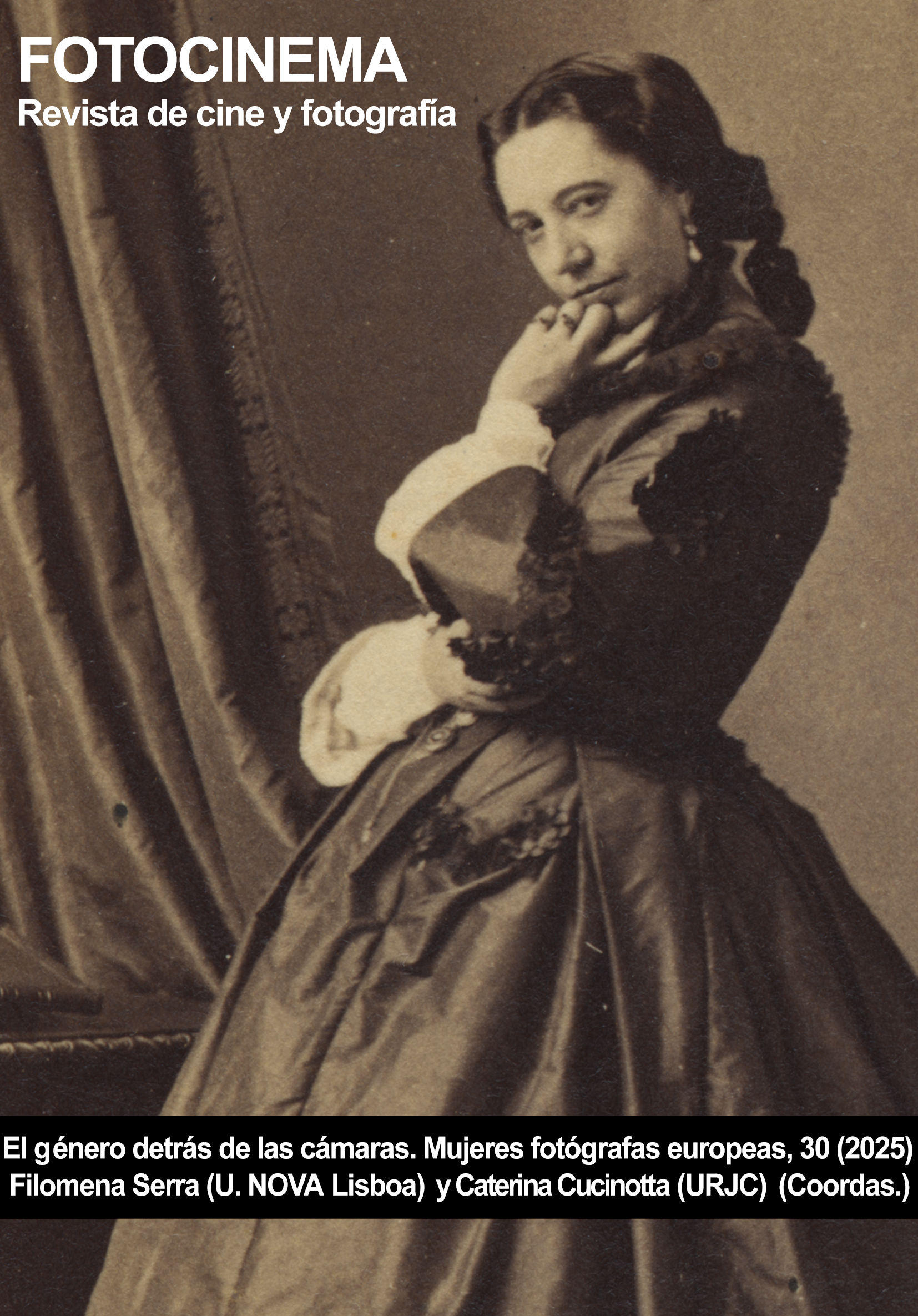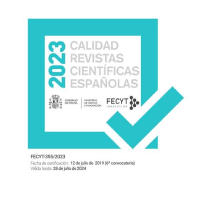Photography in the classroom at the digital crossroads
Coordinadores:
Manuel Blanco Pérez (Universidad de Sevilla, España) y Jerónimo Rivera Betancur (Universidad de la Sabana, Colombia).
Plazo de recepción de artículos entre el 1 y 20 de septiembre 2025. Fecha de publicación: enero 2026.
Read more about Photography in the classroom at the digital crossroads








13.png)



